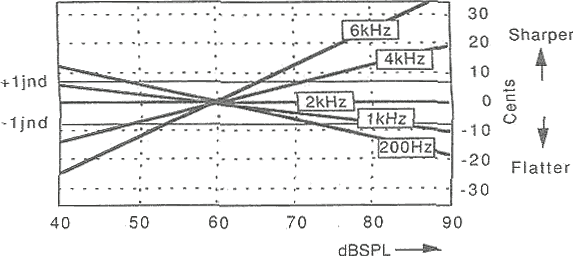http://www.mander-organs.com/discussion/index.php?showtopic=3008&view=findpost&p=55866
http://www.ibo.co.uk/IBO2005/services/redundant/manResult.asp?manuals=two&Submit=View
"Anyone who wanted a first-rate organ to replace something inferior should look at this instrument very seriously. Worryingly, the IBO page notes that it must be removed very soon."
Paul
http://www.ibo.co.uk/IBO2005/services/redundant/manResult.asp?manuals=two&Submit=View
"Anyone who wanted a first-rate organ to replace something inferior should look at this instrument very seriously. Worryingly, the IBO page notes that it must be removed very soon."
Paul
